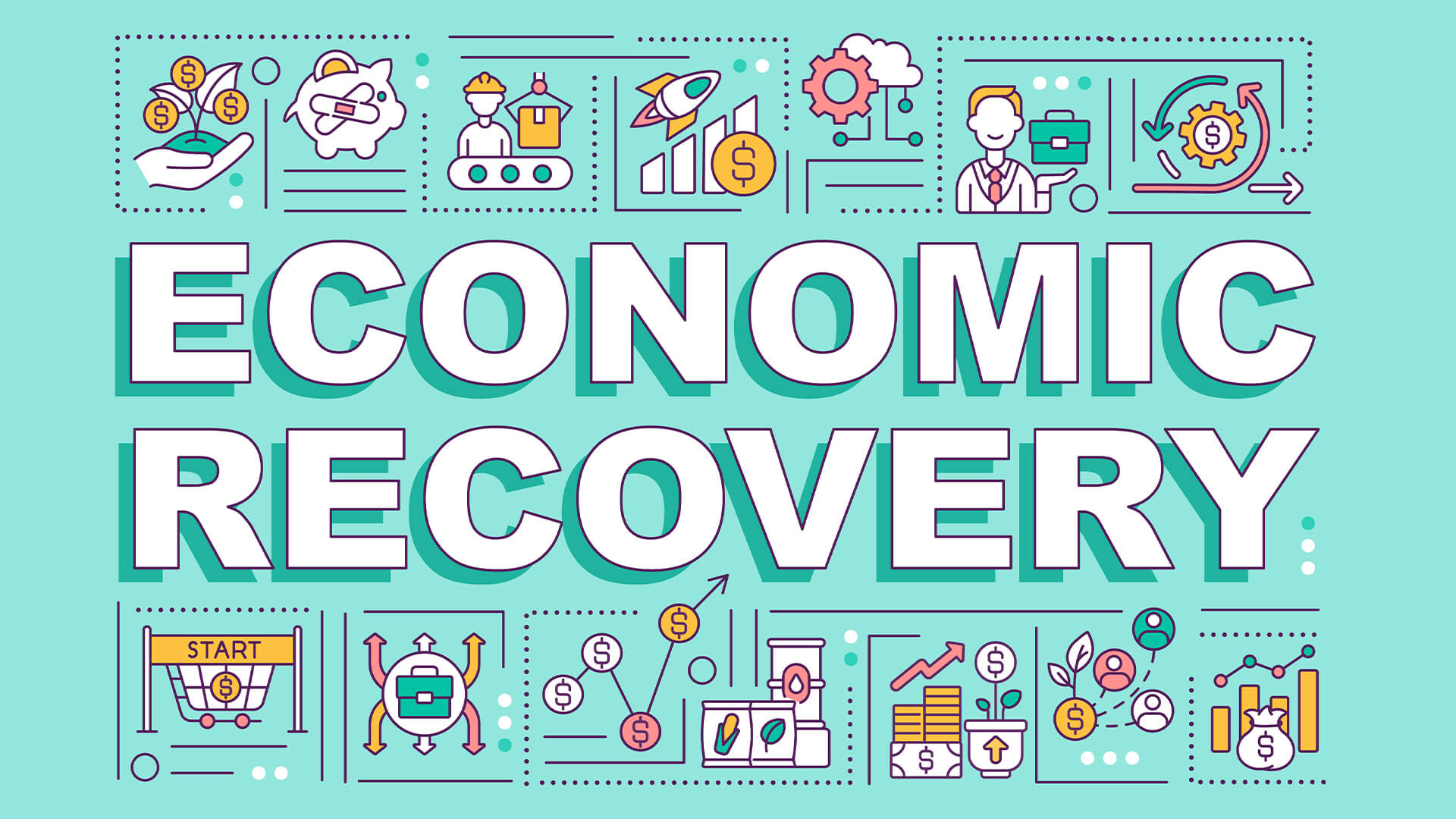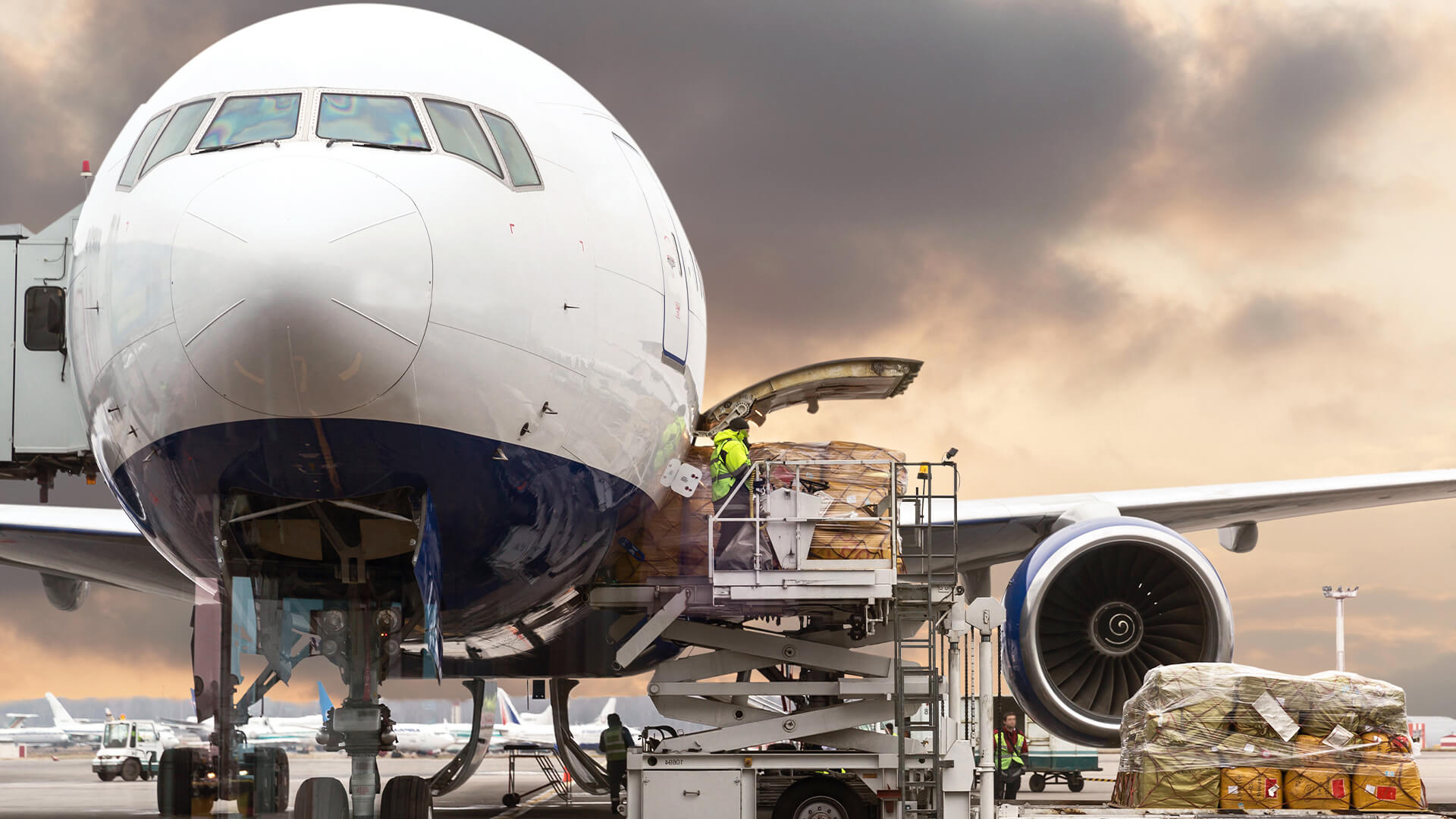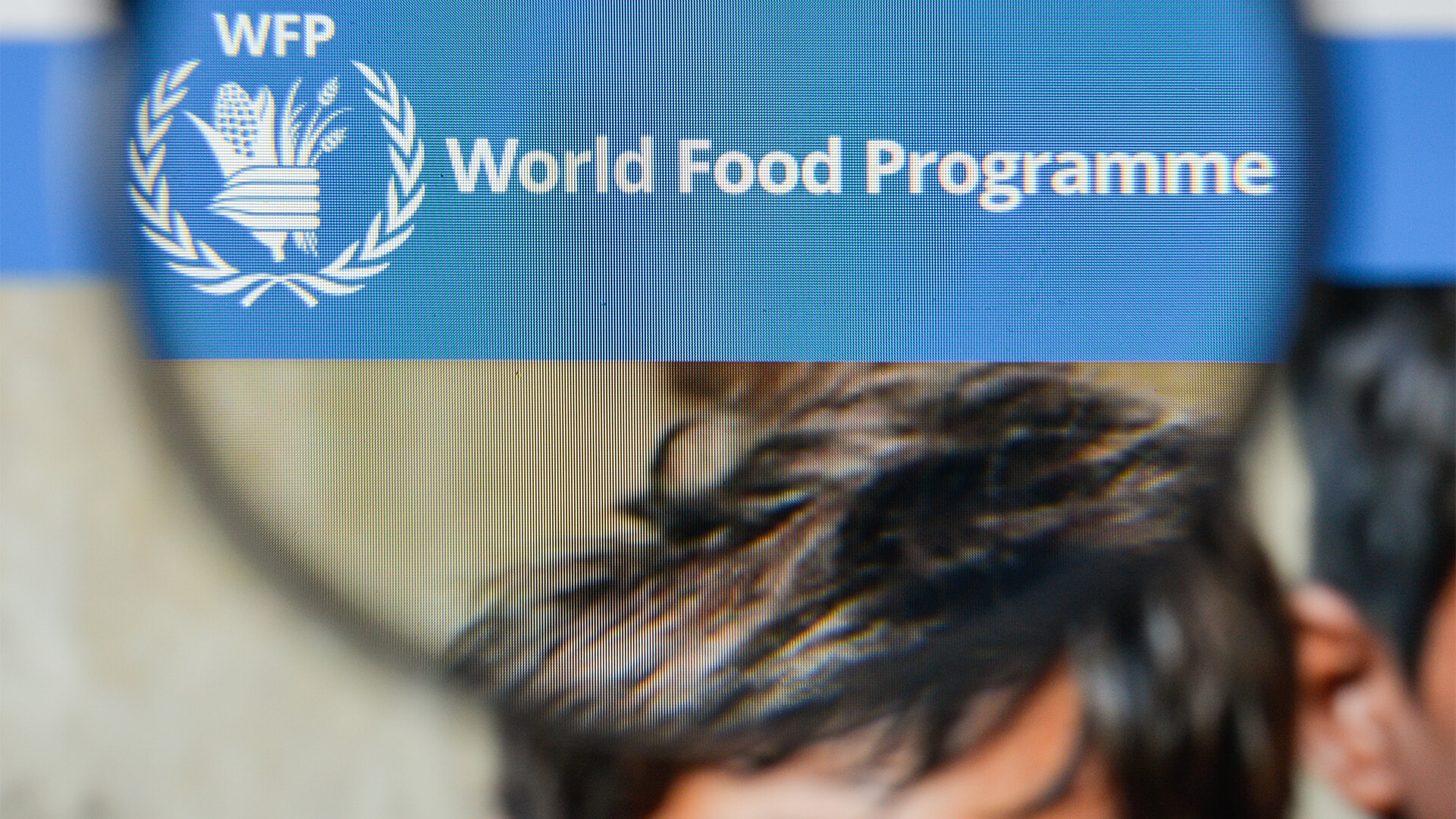The Arabian & African Hospitality Investment Conference (AHIC) returns to Madinat Jumeirah in Dubai live in person from 20-22 September 2021, bringing together four powerful, active investment communities from across the region.
For the first time, AHIC 2021, organised by Bench and MEED, will house the four close-knit investment communities of the Arabian Hospitality Investment Conference (AHIC), Saudi Arabia Hospitality Investment Conference (SHIC), Africa Hotel Investment Forum (AHIF) and the Global Restaurant Investment Forum (GRIF) under one roof.
United by the theme Rise Together, investors, owners, private equity firms, financiers, franchise owners, innovators, developers, and government entities will meet to network, share insights and do business, with the potential for partnerships greater than ever.
Jonathan Worsley, chairman of Bench and founder of AHIC, says: “To be able to bring together these four major hospitality investment communities for the first time, at our first live, in person event for this sector in the Middle East and Africa post-pandemic, is truly special. We have created a robust buyer and seller platform teaming with opportunity and developed a unique programme inspired by the key themes of ‘innovation, sustainability and the future’. With less than a month until we kick-off AHIC 2021, we are now working closely with our moderators, speakers and sponsors to ensure we spark conversations that will help this resilient and innovative industry rise from this pandemic towards a bright, successful future,” says Worsley.
The AHIC 2021 programme combines on-stage one-to-one interviews, roundtables, discussions and workshops with innovation pitches, off-stage individual meetings and networking experiences.
AHIC Intelligence
Many of these sessions will be underpinned by AHIC Intelligence, with industry data, insights and predictions for the region’s pipeline, performance and profitability expected to be key. On day one on 20 September, Robin Rossman, managing director, STR, will present some of the key learnings from the past 18 months.
Speaking ahead of AHIC, STR’s Rossmann says: “The pace and shape of hotel performance recovery continues to vary significantly around the world, dependant on vaccination rates as well as the spread of the Delta strain. In the Middle East and Africa, performance has also varied significantly based on some markets’ greater reliance on international travel and corporate demand. The markets able to generate more demand from domestic leisure sources are further ahead in the recovery process”.
He adds: “Looking ahead, the balance between domestic and international travel is set to change fundamentally as the industry transitions to the ‘new normal’ post-pandemic. Data shows the reality of current travel hesitancy contrasted by the significant pent-up demand that will emerge once Covid travel restrictions are eased”.
Meanwhile, Dr. Martin Berlin, partner & global deals real estate leader, PwC, will unveil exclusive research on the impact of Covid as a never-before-seen catalyst for innovation.
Berlin reveals that the pandemic has caused a loss of US$1.3 trillion in tourist receipts.
In a sneak preview of the data, he says: “International tourist arrivals declined by 74% due to Covid in 2020, compared to only a decrease of 4% after the financial crisis, while the global airline industry declined by more than 50% during Covid. This means that currently, 100-120 million jobs in the global tourism sector are at risk due to the pandemic”.
AHIC 2021 will explore how and when the industry can return to the status quo.
Day two will follow with insights on ‘how covid-19 has changed the hotel operating model’ from Michael Grove, chief operating officer, HotStats; analysis of UAE and KSA consumer data from Muhammad Ali Syed, chief executive officer, Mingora; and learnings from 22,000 restaurants in Dubai and Abu Dhabi from Alexis Marcoux-Varvatsoulis, Foodservice consulting lead, Middle East and Africa, JLL – one of several sessions set to inspire the GRIF community.
Grove says his session will explore “the cost cull”, as operators look at large scale changes to both fixed and variable costs, as well as how the luxury hotel operating model is being redefined.
He adds: “We will also discuss the importance of ancillary revenues in the Middle East and Africa. With more than 40% non-rooms revenue, how important are other revenues when considering ramp up?”.
AHIC Exclusive
Meanwhile, Hala Matar Choufany, president – Middle East, Africa and South Asia for HVS, will launch the company’s latest Valuation Index for the Middle East & Africa on day two.
In an exclusive preview of the report, Choufany says: “Hotel ownership and investment are considered as a long-term investment as the value is based on the future income that the asset is likely to generate, with valuers adopting the discounted cashflow method of valuation. As such, one year of minimal income does not mean the value of the asset has disappeared completely. The key will be the length of time it will take for the hotels/markets to recover and whether the recovery will surpass the previous levels of operation.
She reveals: “Although there was a limited number of hotel transactions that took place in the MEA region during the last 18 months, the trading performance of hotels that remained opened or re-opened suggests that leisure and resort hotels have performed better than the corporate and commercial hotels. Specifically, cities that have better managed the pandemic and gradually re-opened their borders have registered lower decline in hotel values when compared to other cities.
“In value terms there has been a significant immediate impact, registering between 20% and 25% decline in regional values in 2020, but most markets in the MEA are forecasted to recover at 10-15% per annum for the next three to four years. The MEA average is likely to achieve a CAGR of 1.3% between 2019 and 2025 and a CAGR of 8% between 2021 and 2025,” asserts Choufany.
She adds: “What the Covid-19 pandemic has shown is the importance of sensible development costs, the need to appoint an experienced operator and brand that delivers as well as the importance of decreasing operational costs and increasing efficiencies. With the continued uncertainty, it is more important than ever that owners take the opportunity to regularly review the performance of their hotels as the cashflows will impact the financial risk associated with their investment perhaps now more than ever.”
Saudi Focus
AHIC has already released its exclusive fourth annual AHIC Hotel Investment Forecast in partnership with MEED Projects.
According to this research, more than US $3.5bn worth of new hotel projects in the GCC have been awarded over the past 18 months during the height of the pandemic, indicating that investors expect the market to return to normality in the next two to three years when the new projects are due to open.
Ed James, director of content and analysis at MEED Projects, says: “Longer-term, the industry is even more bullish, with US $27bn worth of hotel investments in the pipeline.The majority of these are comprised of the ‘giga project’ tourism investments in Saudi Arabia led by the Red Sea Project, NEOM, AMAALA, Diriyah Gate and Al-Ula, to name but a few”.
These giga projects will have a major presence at AHIC 2021, with Jerry Inzerillo, Group CEO, Diriyah Gate Development Authority (DGDA), kicking off the Saudi Day on day three, 22 September, with a live-on-stage morning talk with Gloria Guevara Manzo, chief special advisor, Ministry of Tourism – Kingdom of Saudi Arabia.
As part of Saudi Arabia’s far reaching Vision 2030 strategy, Diryah is an iconic lifestyle and hospitality destination projected to add SAR 27 billion to Saudi Arabia’s GDP.
In a teaser to his session, Inzerillo says: “After the most tumultuous period the global hospitality and tourism industry has seen, it’s apt that the leading sector stakeholders and the investment community from the region will congregate under the banner of ‘Rise Together’.
“Whilst there is no doubt that globally the pandemic has been challenging for our industry, as a community of leaders, owners and investors, we are well-placed to steer the next phase of growth and development in the region to the wider benefits of our nations and societies.
“In Saudi Arabia we are witnessing great transformation, of which hospitality and tourism will play a crucial role in defining the nation of the future. As some of the world’s foremost hotel brands are on the cusp of entering the Kingdom and Middle East for the first time, DGDA’s goal is to attract 27 million visitors by 2030,” he continues.
“DGDA alone will provide 55,000 jobs offering diverse employment creation for its highly dynamic Saudi youth population and will see talent retained in the country for the Kingdom to benefit from in years and generations to come,” says Inzerillo.
“Adapting to the changing dynamics and the new future will best place our region to maximise the opportunities we have before us to ensure the AHIC nations stand at the front of the post-Covid hospitality world,” he adds.
AHIC 2021 will also feature speakers from another of Saudi Arabia’s giga projects, NEOM, with Andrew McEvoy, head of tourism sector, NEOM, set to discuss the foundations of developing a future destination with sustainability at the core of investment.
In a teaser to the session, McEvoy says: “Over-tourism has stripped travel of its core themes of individual self-discovery and authenticity. The future of tourism will have sustainability at its heart. Those who embrace it will win.”
On a similar topic, John Pagano, chief executive officer, The Red Sea Development Company and AMAALA, will deliver a keynote entitled: ‘Regenerative tourism and partnerships which enable it to be a reality’.
Into Africa
AHIC 2021 will also feature several sessions focused on the African investment community, with an interactive debate moderated by Philippe Doizelet, director, hotels and real estate, Voltere by Egis, designed to analyse the concepts most ripe for investment based on the changing behaviour of consumers.
While Africa welcomed some 70 million tourists in 2019 according to UNWTO, following an average growth of about 6% over the last five years, Doizelet says there are still barriers to entry, from visa policies to health requirements.
Therefore, sub regional tourism will stimulate the creation of tourism complexes and urban and peri-urban business and leisure centres that can become real destinations. Doizelet predicts that over the next two decades, the following countries will emerge as the most credible regional players: Nigeria, Ghana, Ivory Coast and Senegal to the west; Ethiopia, Kenya, Tanzania, Rwanda, Uganda in the East; and South Africa, Namibia, Botswana, Zimbabwe and Mozambique to the south.
He says: “Finally, central Africa should rely rather on local demand and create opportunities for exclusive tourism clusters, particularly in Cameroon and Angola. From the above, it is clear that talking about African tourism in a global way makes little sense. National or sub-regional realities continue to prevail, thus reflecting the geographic, human, economic and political diversity of the continent”.
It is these realities that will be discussed in depth at AHIC, with leaders from this unique continent present to review the numbers and delve into the opportunity.
Panel debates
In addition to the focuses on the different investment communities present at this year’s AHIC – those from Saudi Arabia, Africa and the global restaurant sector in addition to the Middle East at large – there will also be numerous plenary sessions that tap into the high level issues impacting hospitality investment across the board.
Topics to be covered include: conversions and M&A; third party operators; implementing ESG into investment strategies; FDI investment funds; development bright spots in the Middle East and Africa; the regional tourism outlook; and the ‘new normal’ for profitability. In this session, Alison Grinnell, chief executive officer, RAK Hospitality Holdings, will moderate a conversation between Hassan Ahdab, president of hotel operations, Dur Hospitality; Marcus Bernhardt, chief executive officer, Steigenberger Hotels AG/Deutsche Hospitality; and Hamid Sidine, chief operating officer MEA, Millennium Hotels & Resorts, on the shifting of operating models and whether this impacts operators’ expectations on profitability.
Sidine says: “I will highlight the continuous efforts of Millennium Hotels & Resorts MEA, adapted to meet the new hospitality normal and to continue staging our guest experience while maintaining profitability.”
As always, the on-stage debate is expected to be lively and intriguing, with numerous opportunities to continue the discussion off-stage.
AHIC’s Worsley concludes: “AHIC 2021 has been in the planning for a long time now. Over the course of this year, in all our conversations with our Advisory Board, speakers, sponsors and delegates, one thing has been crystal clear: people are ready to meet, eager to share, and excited to do business”.
Sustainability Hospitality Challenge
AHIC 2021 will present the finals of the Sustainability Hospitality Challenge (SHC), in partnership with Hotelschool The Hague, NEOM, Bench and the Sustainability Hospitality Alliance.
SHC addresses the urgency of the climate crisis as it relates to travel and tourism by challenging international hotel school students to develop sustainable innovations for the ‘future of hospitality in the context of 2050’, along one of three pillars – future real estate, future brand, and future community.
Whittled down from 60 students from 30 of the world’s best hotel schools, three sets of finalists will present their solutions to a jury of 11 top hoteliers from global brands on the morning of day one of AHIC 2021.
The winning team will be revealed on day two, with the presentation given by Sébastien Bazin, chairman and chief executive of Accor.
Paul Griep, director of industry relations at Hotelschool The Hague and the driving force behind the challenge, says: “We look forward to an exciting final of the Sustainable Hospitality Challenge and are excitedly anticipating the presentations of students from the top hotel schools of the world. They will present the innovative solutions they’ve worked on during the past year, which have already made quite an impression on the jury and which may have a permanent impact for our industry when it comes to sustainability”.
Exclusive new launches
AHIC is well known as an event where deals are done and headlines are made, from the announcement of new owner-operator partnerships and hotel brands through to entrepreneurial set-ups and innovative company launches.
This year, Michael Levie, co-founder of citizenM and David Keen, founder of QUO, have come together in a dynamic new partnership to create KUBE Ventures, an investment incubator focused on global hospitality start-ups, which will be unveiled for the first time at AHIC.
Levie says: “We want to give back to the hospitality industry. All of our shareholders have united with a crystal clear purpose. We want to be a catalyst for transformation: be it in technology, operations or human resources”.
“We will look back at the post-pandemic era as one of extraordinary opportunity. Our purpose is to realise our industry’s potential and to bring it to par with the world’s most dynamic industries and organisations,” adds Keen.
Marloes Knippenberg, chief executive officer of Kerten Hospitality, and a change merchant in her own right, will interview Michael and David in a session on 20 September 2021 at 16:00 entitled ‘How do we foster transformation and change in hospitality’.













